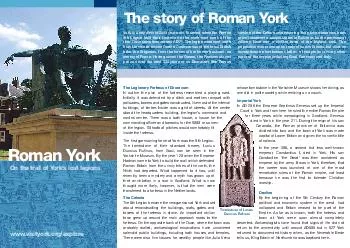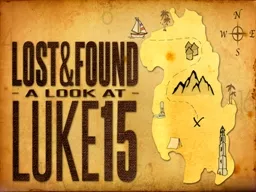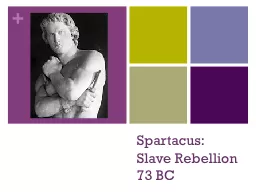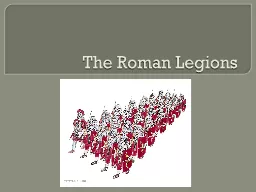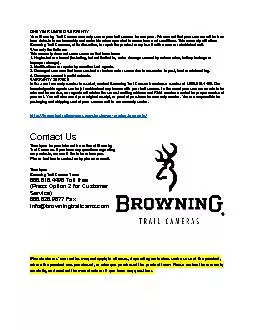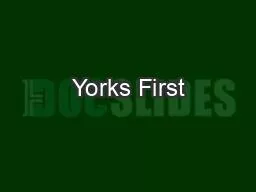PDF-Roman York On the trail of Yorks lost legions www
Author : alida-meadow | Published Date : 2014-10-18
visityorkorgexplore The story of Roman York ork is a city almost 2000 years old founded when the Roman 9th Legion built their fortress on the northeast bank of the
Presentation Embed Code
Download Presentation
Download Presentation The PPT/PDF document "Roman York On the trail of Yorks lost le..." is the property of its rightful owner. Permission is granted to download and print the materials on this website for personal, non-commercial use only, and to display it on your personal computer provided you do not modify the materials and that you retain all copyright notices contained in the materials. By downloading content from our website, you accept the terms of this agreement.
Roman York On the trail of Yorks lost legions www: Transcript
Download Rules Of Document
"Roman York On the trail of Yorks lost legions www"The content belongs to its owner. You may download and print it for personal use, without modification, and keep all copyright notices. By downloading, you agree to these terms.
Related Documents

